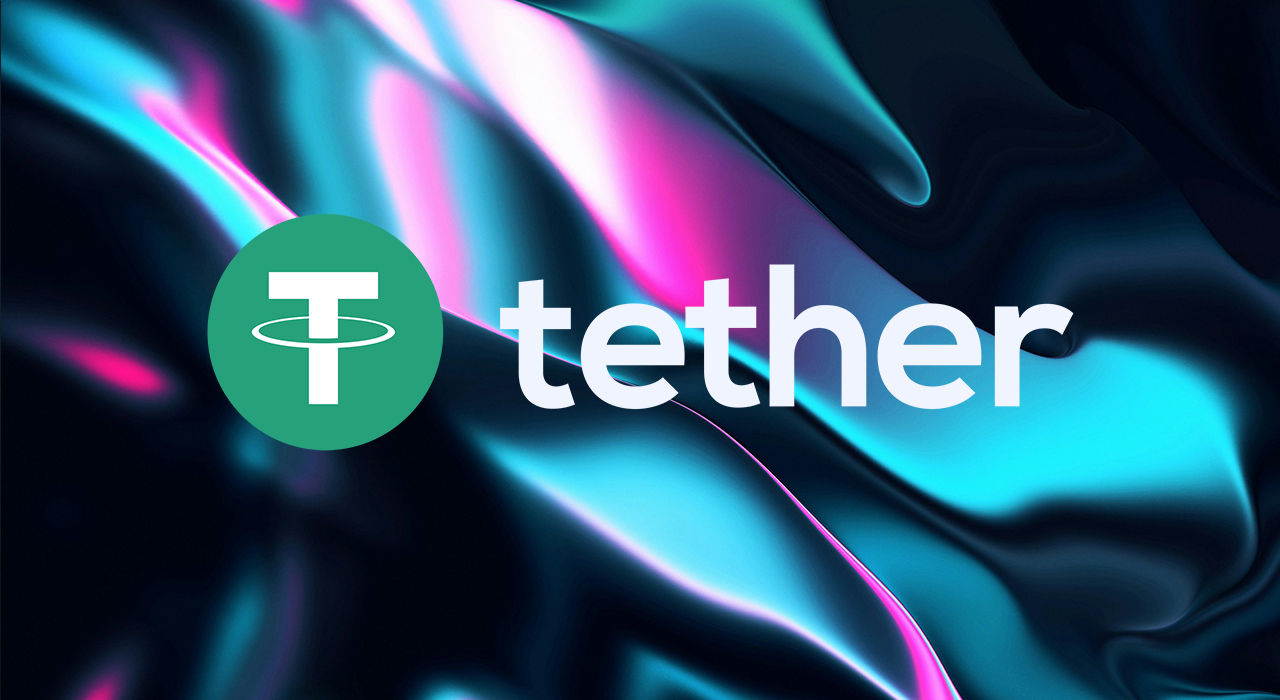Blog

Google, PayPal Unite for AI-Powered Payment Solutions
Sep-19-2025
PayPal Holdings Inc. and Alphabet Inc.’s Google had announced a multiyear strategic partnership on Wednesday. The partnership aimed at merging their payment systems with artificial intelligence (AI) tools to reshape online transactions and shopping experiences.
According to the press release, the collaboration will integrate PayPal’s checkout options into key Google products such as Google Cloud, Google Ads, and Google Play. It also includes embedding PayPal’s Hyperwallet and Payouts solutions across Google’s platforms to streamline payouts for merchants and developers.
PayPal also stated that it is expanding its services to allow its customers to pay with cryptocurrencies. CEO Alex Chriss said the future of shopping will involve AI agents and crypto payments.
AI commerce rules for secure transactions
PayPal and Google are setting rules to ensure merchants, customers, and AI agents operate safely with proper risk protections. This follows Google’s recent launch of a new protocol to securely handle payments made by AI agents.
“We are bringing PayPal’s products and services to billions of Google users and redefining what’s possible at global scale,” PayPal CEO Alex Chriss said.
The PayPal-Google partnership could let an AI agent shop for a customer, using PayPal’s data to pick items matching their preferences, in a process called agentic commerce.
“PayPal is a leader in digital commerce, and we’re excited to expand our work together to make online transactions simpler and more secure,” said Sundar Pichai, CEO of Google and Alphabet.
The deal comes as digital payments worldwide are expected to grow beyond $19.89 trillion by 2026.
Read more

USDC Treasury Mints 250 Million USDC on Solana
Sep-18-2025
USDC Treasury mints 250 million on Solana impacting liquidity.
Increased trading volumes on decentralized exchanges.
Enhanced lending market depth on Solana platforms.
On September 17, 2025, USDC Treasury minted 250 million USDC on the Solana blockchain, significantly increasing liquidity in Solana's ecosystem.
The liquidity injection may enhance trading activity and liquidity on decentralized exchanges, potentially influencing Solana's market dynamics and offering increased opportunities for DeFi participants.
The USDC Treasury minted an additional 250 million USDC on the Solana blockchain, significantly boosting liquidity within Solana's ecosystem. Circle, the issuer of USDC, manages these operations, ensuring transparency through on-chain block explorers.
Circle’s Co-Founder and CEO, Jeremy Allaire, led the initiative without issuing a public statement. The transaction is documented on USDC’s transparency page and is independently verifiable, representing a significant increase in minted USDC for September.
This minting enhances Solana’s liquidity, increasing the depth of trading pairs like SOL/USDC on platforms like Raydium and Orca. Institutional inflows are anticipated, impacting trading volumes significantly.
On-chain data reveals a $2.25 billion USDC total minted on Solana this month, reflecting elevated activity. Borrow rates typically decrease, benefiting market participants such as traders and market makers.
Historical patterns show large mints coincide with increased trading activity. Previous USDC increases led to 5-10% upticks in SOL’s trading volumes on decentralized exchanges.
Current trends suggest potential for improved market conditions and increased DeFi activity on Solana. Past minting events have resulted in positive price movements for SOL, though no exact figures are confirmed.
"The $250 million mint further deepens liquidity and trading pairs like SOL/USDC across decentralized exchanges." — Market Analyst, DeFiLlama (DeFiLlama Report)
Read more

B Strategy Launches $1B Institutional BNB Treasury
Sep-17-2025
B Strategy launches a $1B BNB Treasury for institutional investors.
Aims for transparency, regulatory compliance.
Significant potential impact on BNB ecosystem.
B Strategy has launched a $1 billion U.S.-listed institutional BNB Treasury, backed by YZi Labs, aiming to enhance BNB exposure and ecosystem growth for institutional investors.
This initiative marks a pivotal step in institutionalizing BNB, potentially affecting its market value, governance, and adoption across decentralized finance sectors.
B Strategy, supported by YZi Labs, has launched a $1 billion institutional BNB Treasury in the U.S.
The initiative provides regulated exposure to BNB, bolstering institutional interest and potentially impacting the BNB ecosystem's development.
$1B BNB Treasury Initiative by B Strategy
B Strategy accomplished a major advancement with the introduction of the $1 billion BNB Treasury. This venture, notably backed by YZi Labs, seeks to enhance institutional involvement in the BNB sphere.
Key figures include Leon Lu, previously with Metalpha, and Max Hua, formerly from Bitmain. Their leadership aims to combine proven expertise with escalating market growth.
BNB Liquidity Boost Expected from New Initiative
The initiative is expected to increase BNB's liquidity and encourage institutional investments by ensuring regulated and clear exposure. The move is seen as a potential catalyst for vibrant ecosystem growth.
"The goal is to maximize BNB per share and offer full transparency to investors." — Leon Lu, Founder, B Strategy
The financial landscape in regions including Asia-Pacific may transform as institutional participants reevaluate portfolio allocations, drawn by new investment channels and strategic deployment opportunities.
BNB Treasury Strategy Mirrors Bitcoin Approaches
The strategic approach by B Strategy shares similarities with Bitcoin Treasury vehicle strategies. These initiatives have historically spurred significant changes within crypto holdings, reflecting profound market influence.
Experts anticipate BNB's rising institutional profile to emulate historic patterns seen in other cryptocurrencies, potentially elevating its market cap and altering institutional portfolio dynamics.
Read more

BlackRock's IBIT Acquires 9,139 BTC Worth Over $1 Billion
Sep-16-2025
BlackRock's iShares acquires over 9,139 BTC this week.
Institutional confidence boosts Bitcoin's value significantly.
Purchase exceeds newly mined BTC supply by over 3x.
BlackRock's iShares Bitcoin Trust acquired over 9,139 BTC worth more than $1 billion this week, surpassing newly mined Bitcoin, highlighting significant institutional interest.
This purchase suggests institutional confidence in Bitcoin, impacting its supply and price dynamics, while reinforcing Bitcoin's status as a serious investment asset in the market.
BlackRock’s iShares Bitcoin Trust (IBIT) purchased over 9,139 BTC exceeding $1 billion in recent transactions. This occurred while only about 3,150 BTC were mined, causing heightened interest in Bitcoin markets and forming key supply-demand dynamics. Led by Larry Fink, BlackRock made waves with this acquisition. The move underlines increased institutional interest, as BlackRock continues to channel substantial investments into digital assets, pushing Bitcoin further into mainstream investment portfolios.
Institutional Boost in Cryptocurrency Confidence
This substantial Bitcoin purchase suggests a brighter institutional outlook for cryptocurrencies. As the market perceives increased legitimacy, Bitcoin's price and its allure as an investment are bolstered by significant acquisitions from major financial entities. Consequential financial movements include enhanced market perceptions of Bitcoin. Expert analysis often regards such actions as confidence boosters, heralding a potential shift in institutional asset strategies and broader market acceptance of digital currencies.
Regulatory and Market Implications
BlackRock's acquisition has potential regulatory ripple effects, reinforcing Bitcoin's position as a major asset class. Further institutional participation could prompt regulatory updates, shaping asset management strategies while potentially stabilizing digital currency markets. The larger implication involves current trends favoring Bitcoin; historical patterns suggest sustained institutional buying boosts overall market dynamics. Notably, similar past activities led to price appreciation, reflecting a growing consensus on Bitcoin's reliability and investment potential.
Larry Fink, Chairman & CEO, BlackRock - "BlackRock's growing involvement in digital assets strengthens our commitment to offering innovative solutions to our clients."
Read more

Tether Mints Another $1 Billion USDT Amid Bullish Signals
Sep-15-2025
Tether adds $1 billion USDT to its supply
Mint likely signals rising market demand
Potential bullish momentum building in crypto market
In a significant development for the crypto world, Tether has minted an additional $1 billion USDT. This large-scale minting often serves as a leading indicator for upcoming market activity, sparking discussion among investors and analysts alike.
Tether (USDT) is the most widely used stablecoin in the crypto market, acting as a bridge between fiat and crypto assets. Its supply is typically expanded in response to increased demand on exchanges, signaling that traders may be preparing to enter or re-enter positions across various digital assets.
This latest mint brings fresh liquidity into the ecosystem, potentially providing fuel for upcoming market moves. Historically, such large-scale issuances have preceded bullish momentum in Bitcoin and other major altcoins.
Is a Bull Market Brewing?
When Tether mints new tokens, it’s often seen as a sign that institutional players or whales are preparing for major trading activity. The $1 billion mint may not necessarily mean immediate price movement, but it suggests growing demand and confidence in the crypto market’s near-term future.
It’s also important to note that this mint doesn’t immediately enter circulation—it’s typically held in Tether’s treasury and issued to exchanges as needed. However, its creation alone can have psychological effects on traders and investors, reinforcing a bullish narrative.
Market Speculation and Reactions
Social media is abuzz with speculation that this mint could kick off another rally. Some traders interpret this move as Tether preparing for high-volume demand, possibly in response to expected ETF approvals, institutional entries, or upcoming halving cycles.
While the crypto market remains unpredictable, large stablecoin mints like this often correlate with increased trading activity and bullish sentiment. As always, investors are advised to keep an eye on macro indicators and manage their risk wisely.
Read more






